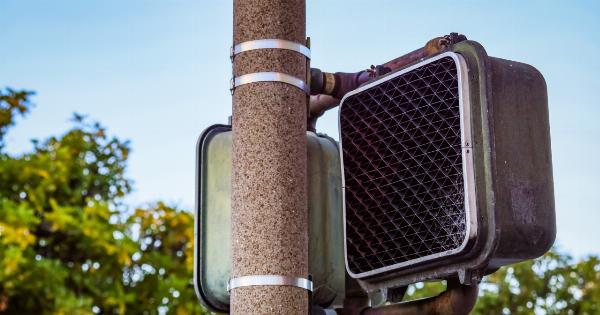Expecting parents are always eager to know the gender of their unborn child. While ultrasounds and genetic tests can provide accurate results, some people turn to old wives’ tales for clues.
One popular belief is that the way a woman carries her baby can indicate whether it’s a boy or a girl. But is there any truth to this claim? Let’s find out.
What are the different ways a woman can carry her baby?
Before we dive into the gender-predicting aspect of this topic, let’s first understand the different ways a woman may carry her baby during pregnancy. Some common positions include:.
1. High
Carrying high means that the baby bump is positioned towards the top of the uterus, closer to the mother’s ribcage.
This position generally indicates that the baby is in a head-down position and is putting pressure on the mother’s diaphragm.
2. Low
Carrying low means that the baby bump is positioned towards the bottom of the uterus, closer to the mother’s pelvis. This position generally indicates that the baby is in a feet-down position and is putting pressure on the mother’s bladder.
3. Front
Carrying in front means that the baby bump is protruding outwards from the mother’s abdomen. This is the most common position and does not necessarily indicate anything significant about the baby’s position or gender.
4. All over
Carrying all over means that the baby bump is distributed evenly around the mother’s abdomen, indicating that there is little pressure on any one side. This position is also not indicative of any particular position or gender.
What do the old wives’ tales say about baby gender and carrying position?
According to folklore, there are various ways to predict the gender of an unborn baby based on the way the mother is carrying it. Here are some of the most popular predictions:.
1. High and round
Some old wives’ tales claim that carrying high and round indicates that the baby is a girl.
2. Low and severe
On the other hand, carrying low and severe allegedly indicates that the baby is a boy.
3. All in front
As mentioned earlier, carrying all in front is not gender-specific according to medical science. However, some people believe that a bump that appears to be directly in front without any noticeable curves is a sign of a boy.
4. All over
Another gender-neutral position, carrying all over, may still hold clues according to old wives’ tales. Some people believe that if a pregnant woman appears to have gained weight all over, including her face, then it’s a girl.
However, if the weight gain is limited to her belly, then it’s a boy.
What do the experts say?
While many people swear by these old wives’ tales, there is no scientific evidence to support them.
Medical experts state that the way a woman carries her baby is solely dependent on her body type, the position of the baby, and the stage of pregnancy. In fact, the position of a baby can change multiple times during pregnancy, making it difficult to predict its gender based on carrying position alone.
Ultrasounds and genetic testing are the only reliable ways to determine the sex of a baby.
According to the American College of Obstetricians and Gynecologists, most women have an ultrasound between 18-22 weeks of pregnancy, which can provide a 95-98% accurate result.
Genetic tests, such as NIPT (non-invasive prenatal testing), can provide accurate results as early as ten weeks of pregnancy, but these tests are often more expensive and not covered by insurance unless there is a family history of certain genetic disorders.
Conclusion: Can the way a woman carries her baby indicate gender?
In conclusion, old wives’ tales about predicting gender based on carrying position have no scientific basis. The way a woman carries her baby is solely dependent on her body type, the position of the baby, and the stage of pregnancy.
While these old wives’ tales can be fun to believe in, they should not be relied upon as a reliable indication of baby gender. Physicians and experts recommend waiting for an ultrasound or genetic test for accurate results.






























